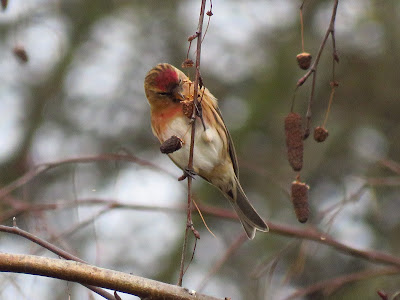Milk. As other pigeons, both Woodpigeon parents produce crop-milk, a rich milk-like substance that they feed to their young chicks.
Pigeon showers. One of the most curious behaviour of Woodpigeons is how they seem to enjoy the rain, opening their wings and exposing their underside to the rain.
The power of wings. Woodpigeons fight with their wings. Their bills are not strong and their legs quite short, but they have strong chest muscles. These allow a strong, powerful flight allowing them to take off almost vertically from the spot to avoid predation.
Migration. We see Woodpigeons around us all year, they even breed year round. However Woodpigeons from more northerly areas migrate to warmer climates in the winter in huge numbers.
Climbing. Despite their size, Woodpigeons are surprisingly nimble. Their short legs won't allow them to walk very fast, but they make them more maneuvrable when they are on trees and also allows them to dangle from thin branches to reach food, often helped by balancing with their wings and tail.
Twins. Woodpigeons almost always lay 2 eggs, although they can produce several broods each year. The two young will accompany the parents for some time after leaving the nest.
Rest. Woodpigeons spend much of their daytime resting. They literally sit, hunched on a branch and digest the food they've been eating.
Courtship Display. Woodpigeons display is wonderful to watch. The male stands by the female bowing and calling, he fans its tail as he bows, and closes it as it stands. During courtship by established couples, the pair preen each other and the male feeds the female.
Flocks. Woodpigeons usually feed in flocks. This behaviour gives them protection against predator, the larger the flock, the quicker the woodpigeons are spotting a predator, as more eyes are watching and giving them more time to escape. Sparrowhawks, Goshawks and Peregrines are amongst Woodpigeon predators.
Sunbathing. Woodpigeons love basking in the sunshine. They rest on the ground and spread their tail and wings.













.JPG)







.JPG)
.JPG)





.JPG)
.JPG)











.JPG)